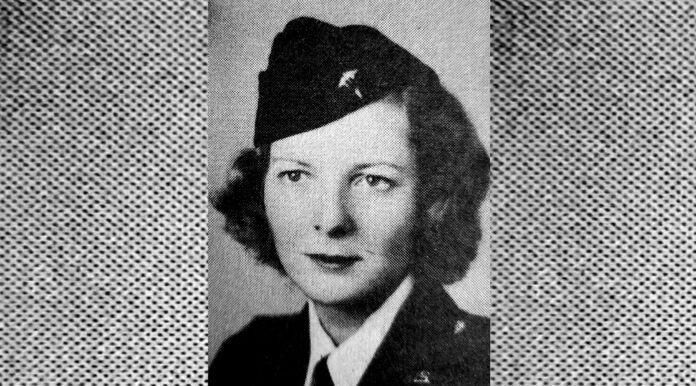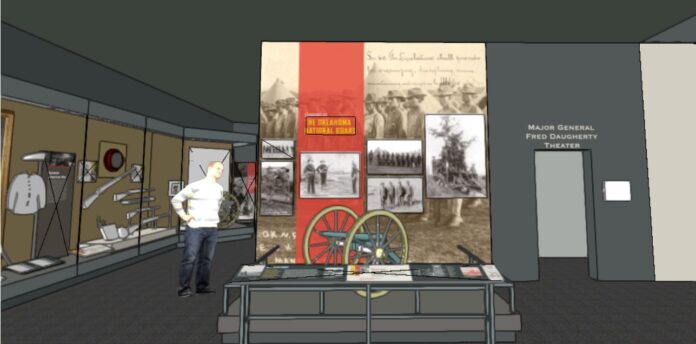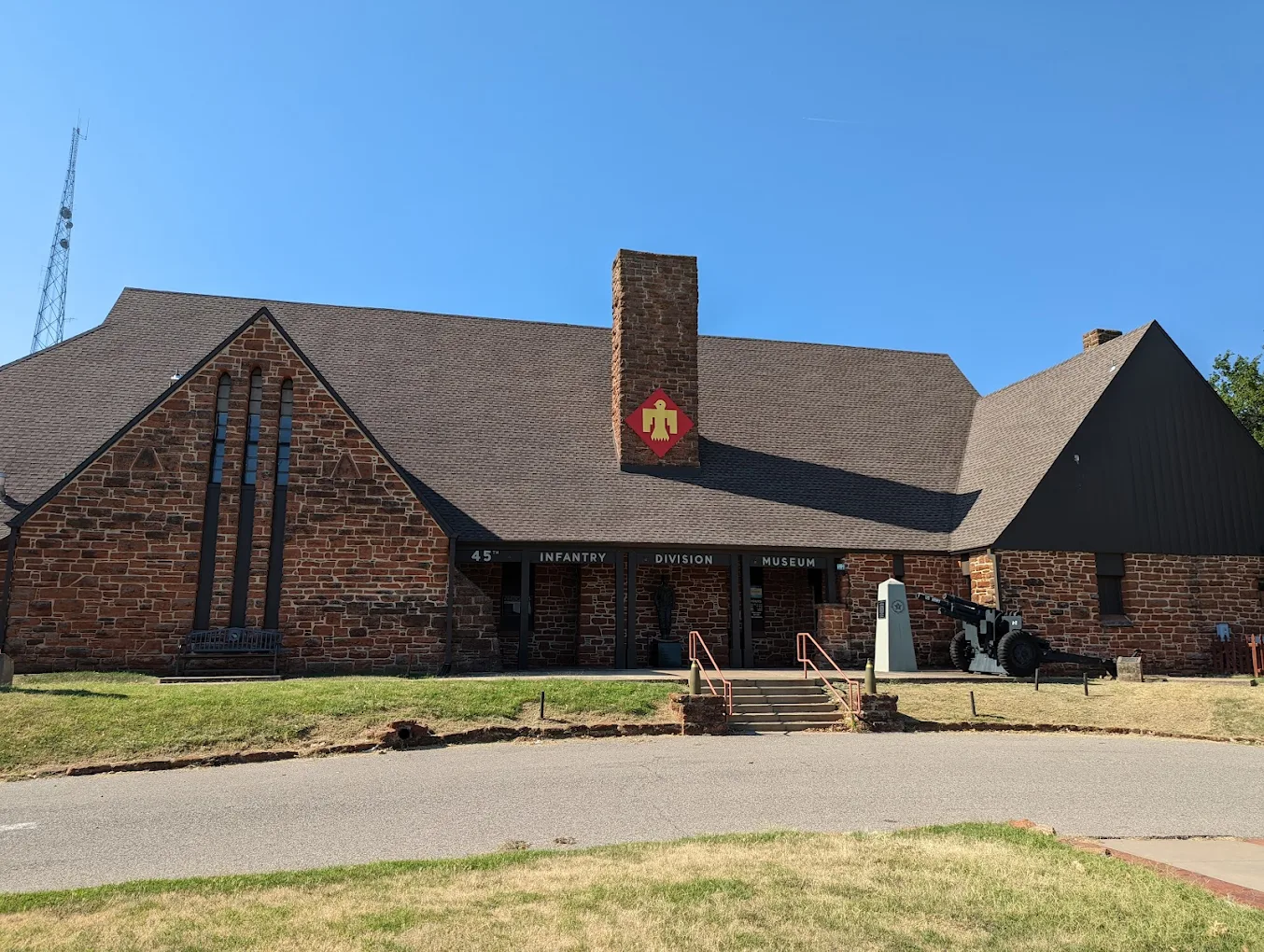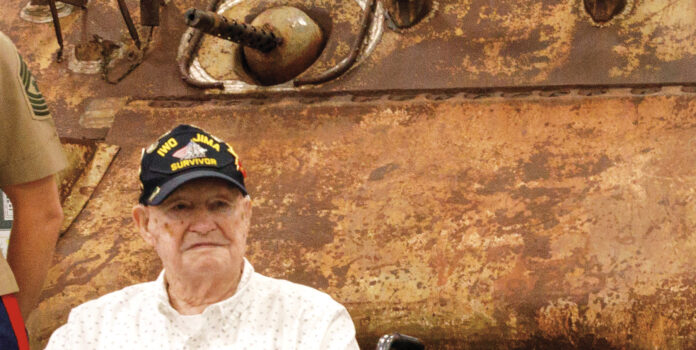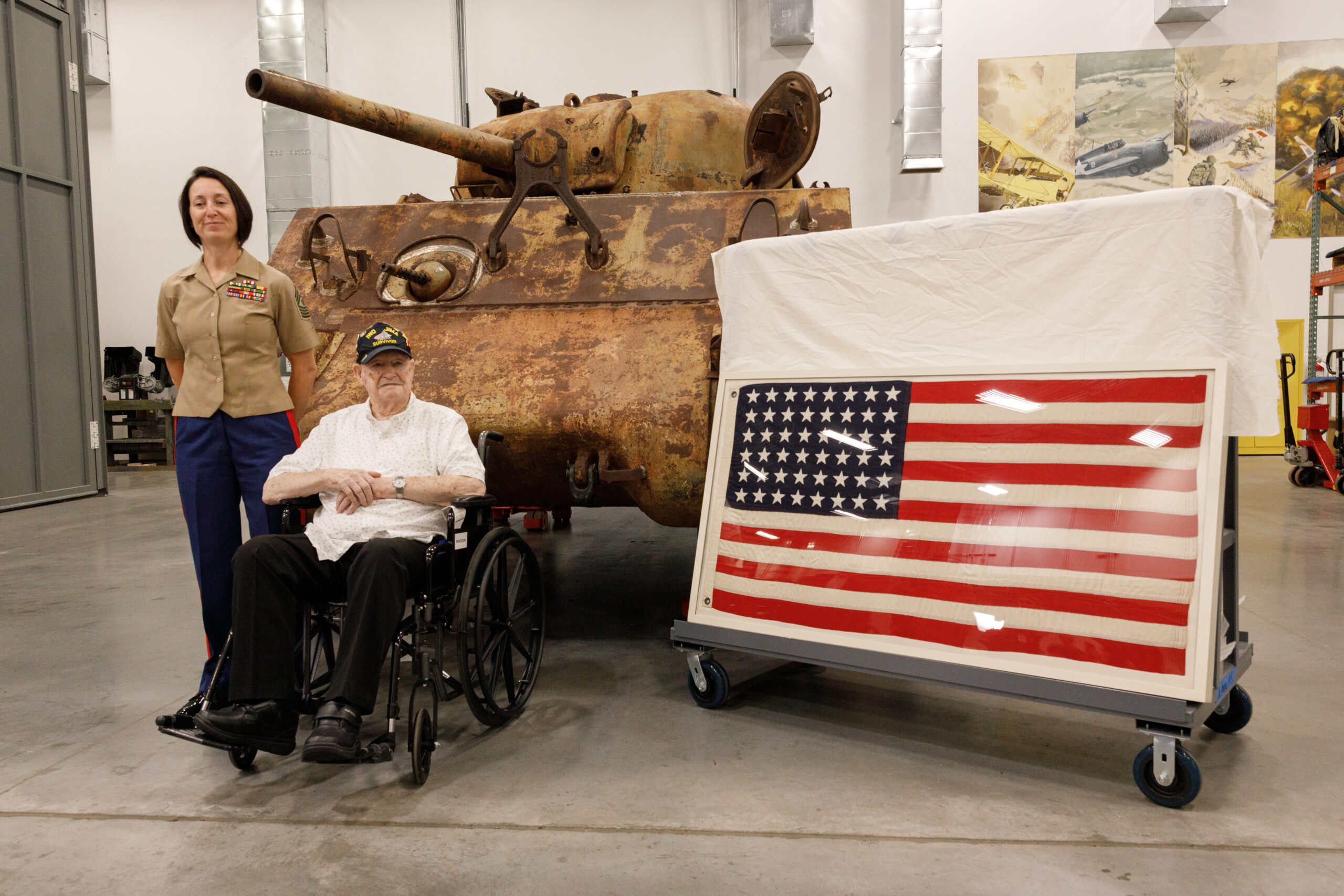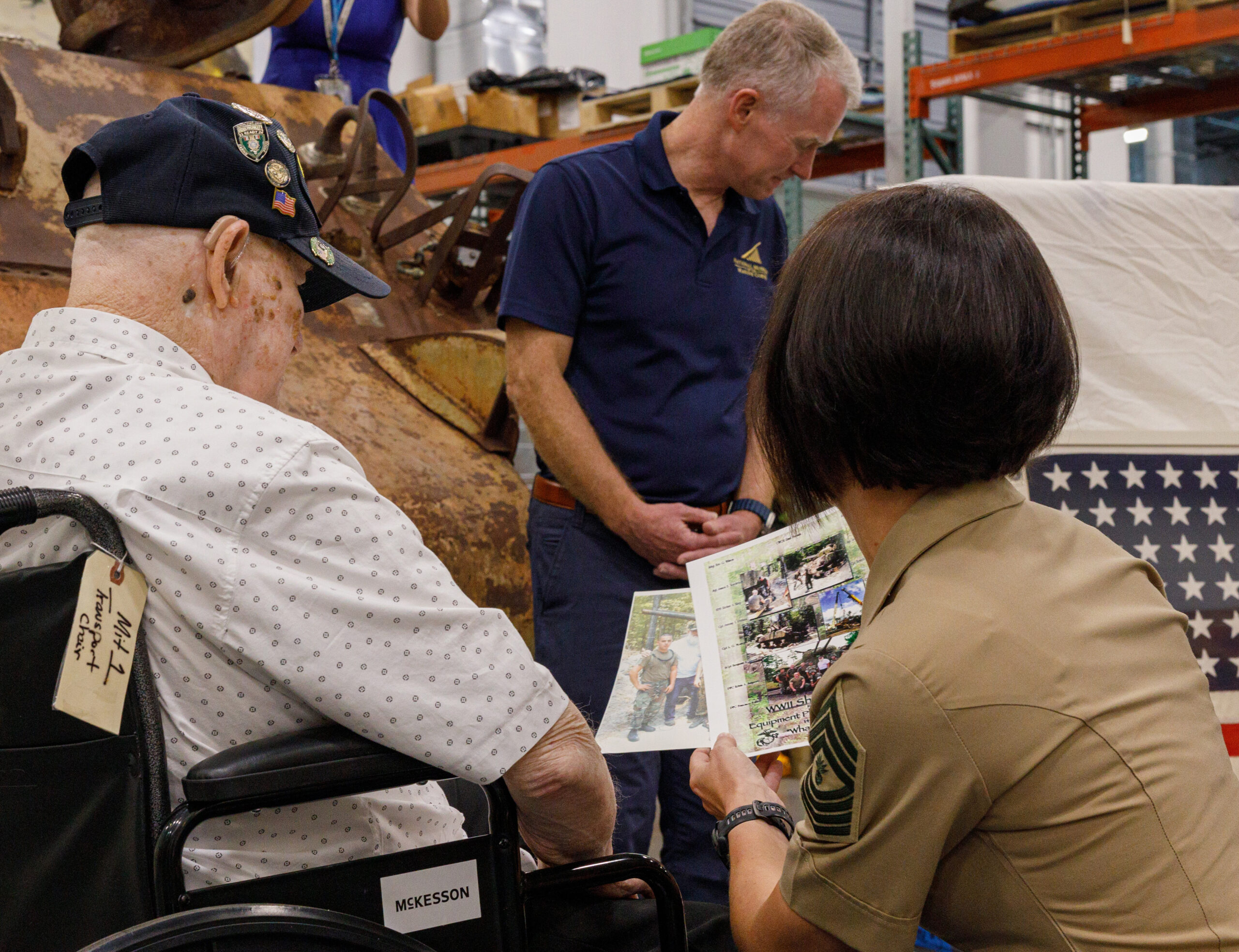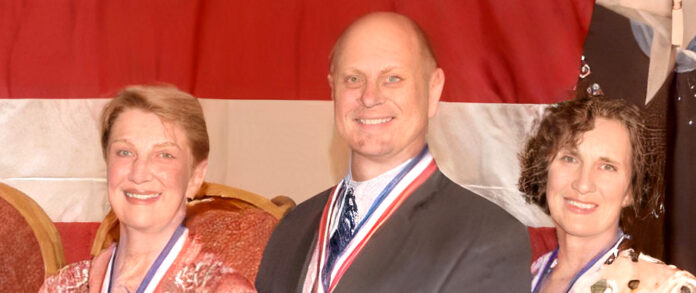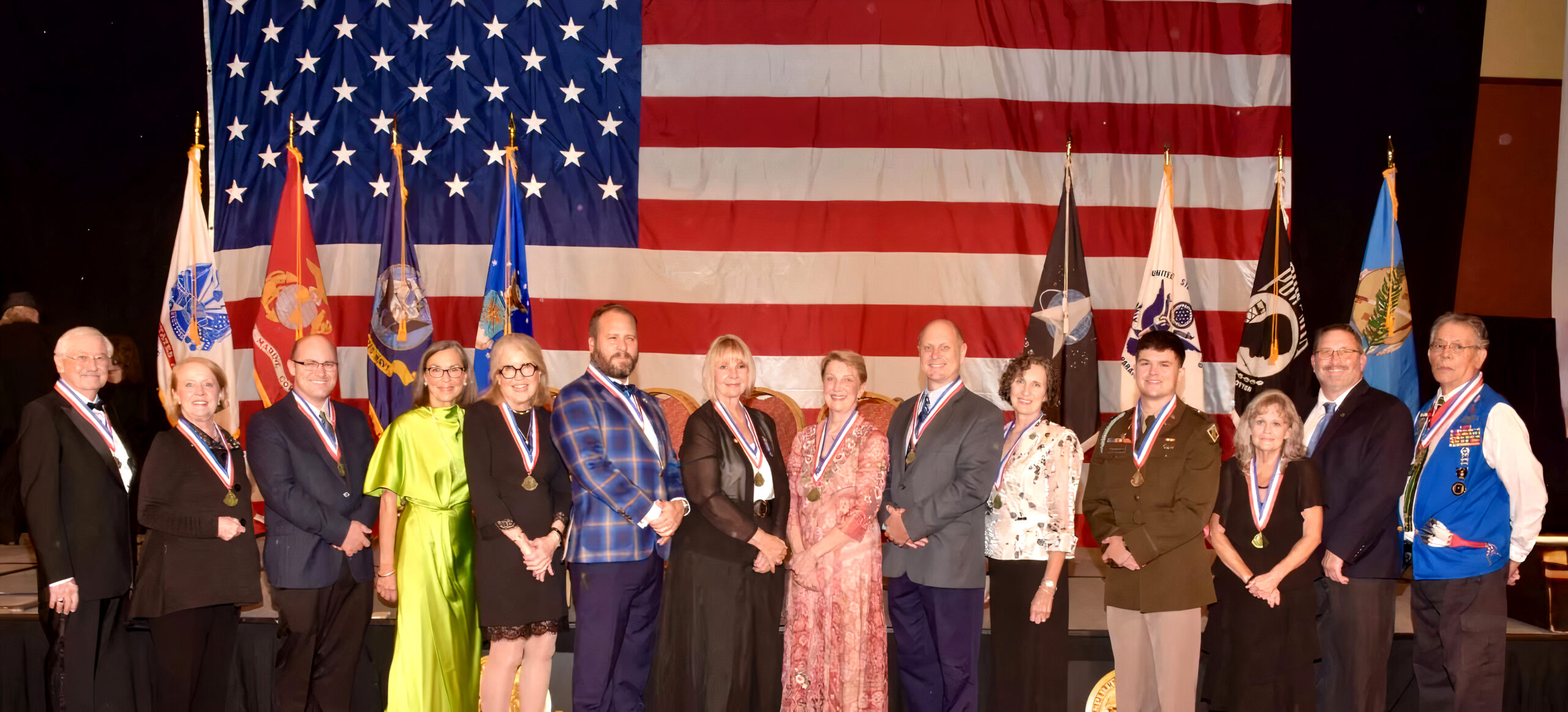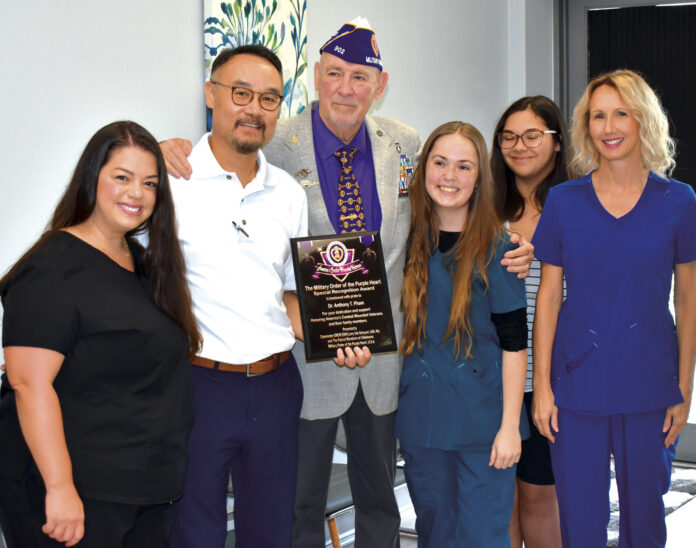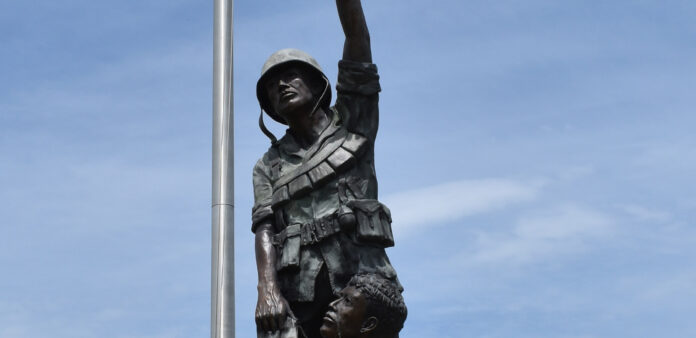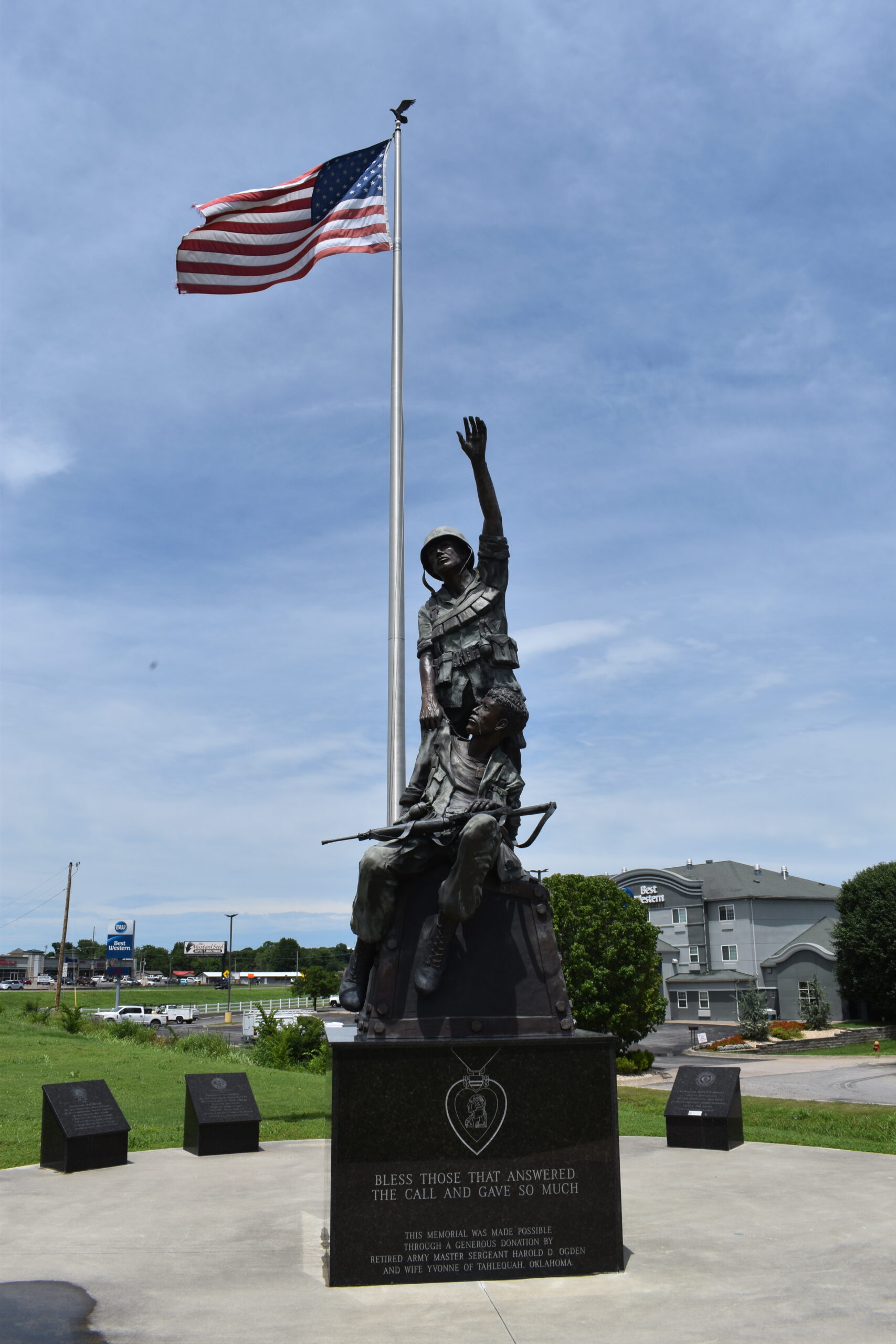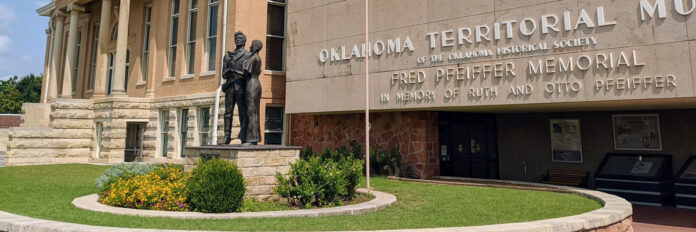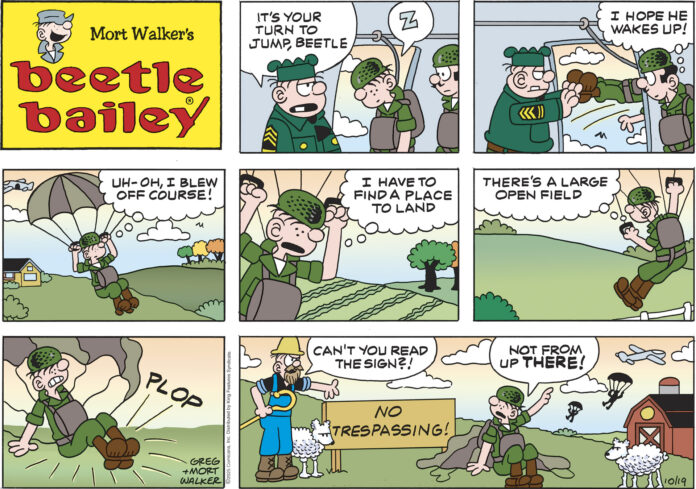Special to OKVN
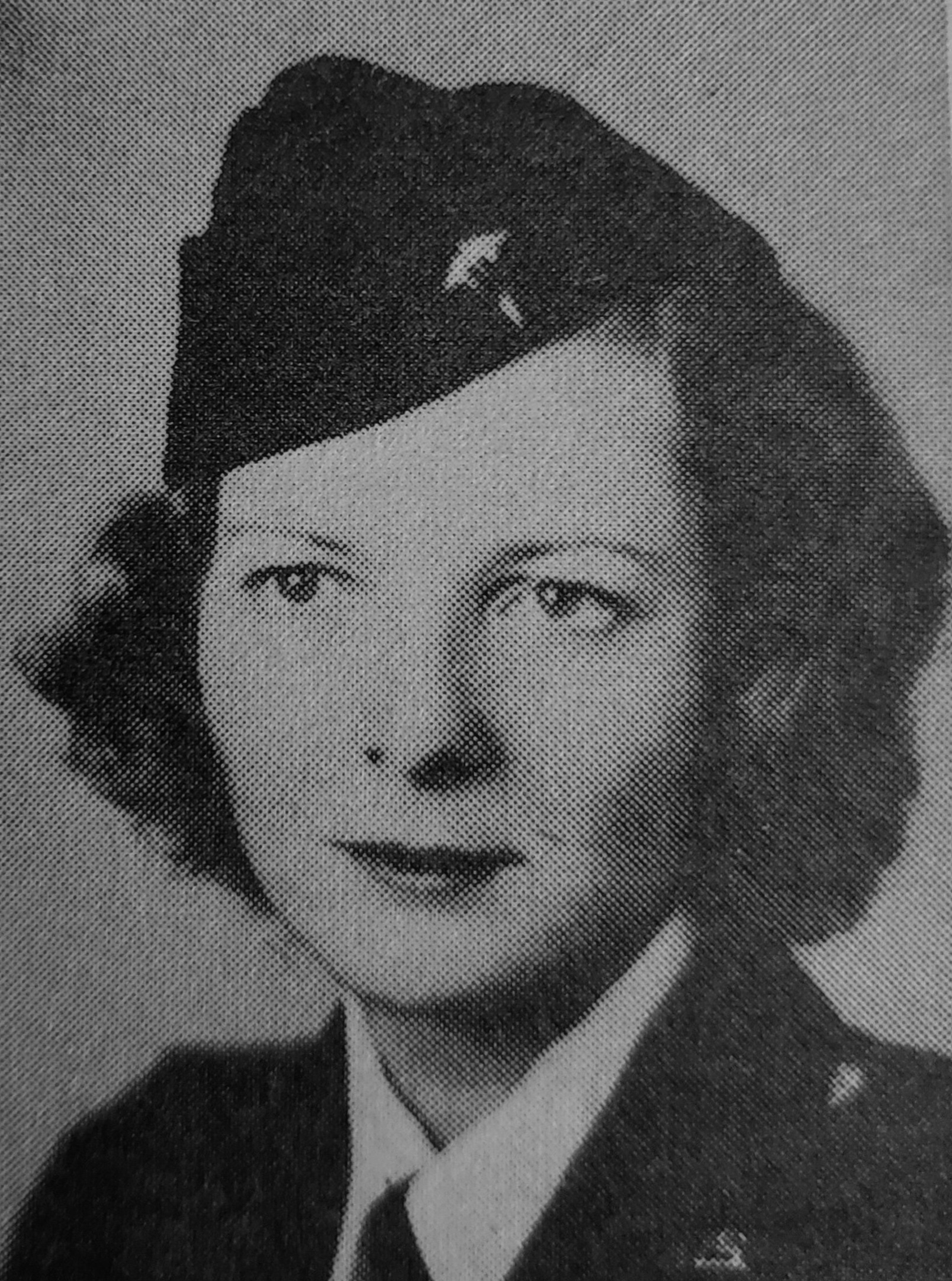
(Courtesy of Ben Jacobs)
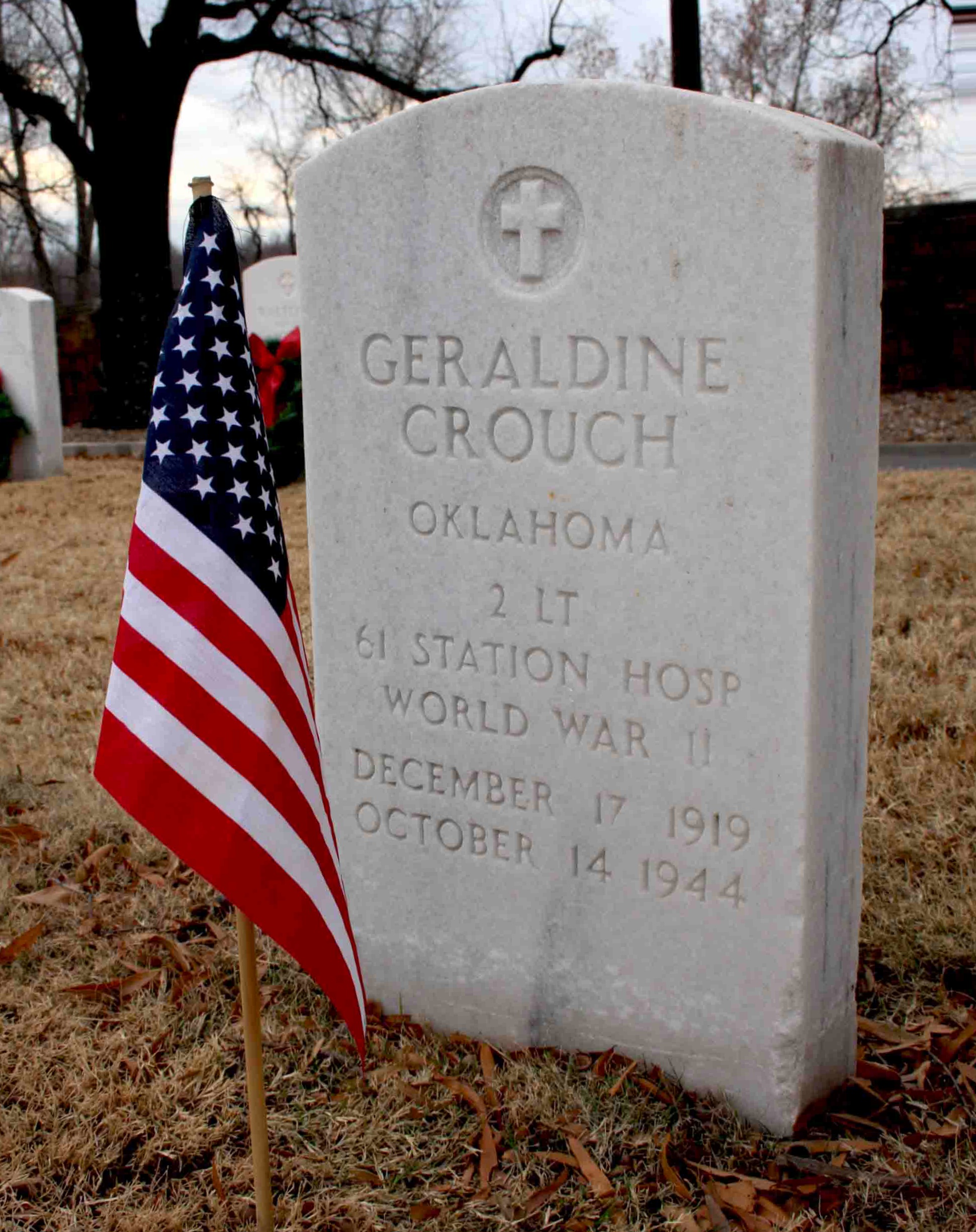
During World War II, tyranny and devastation swept over continents, and the very foundations of our freedom stood in peril. In the face of such danger, communities across Oklahoma did not hesitate. From the bustling streets of Tulsa to the wide-open fields of the Red River Valley, men and women from every corner of the state stepped forward-answering the call when it mattered most. They asked for no recognition or reward, yet history will forever remember them as heroes. Among the courageous women who left Oklahoma but never came home was Second Lieutenant Geraldine Crouch.
Born on December 17, 1919, in McAlester, Geraldine was the cherished daughter of Eugene and Virgie Crouch. She grew up in a close-knit community and shared unforgettable memories with her three sisters and four brothers. From a very young age, Geraldine showed a deep care for those around her-a compassion that would define her life. Her childhood in the heart of McAlester was filled with joy and laughter, but in 1931, her mother passed away. Geraldine was only 11 years old, and that sudden loss left a scar that never fully healed.
Geraldine attended McAlester High School, where she was loved by classmates and teachers alike. Her thoughtfulness and natural empathy were evident to all who knew her. Inspired by a desire to help others, she pursued nurse training at University Hospital in Oklahoma City. After her studies, she returned home and became an assistant nurse at the McAlester Clinic, where her care and dedication earned the admiration of colleagues and patients.
When World War II spread across the globe, Geraldine felt a profound sense of duty and the need to heal the wounds of war. In 1942, she joined the U.S. Army Nurse Corps, serving with the 61st Station Hospital, and was initially stationed in Texas. A year later, she was deployed to North Africa, tending wounded soldiers with tireless devotion. She later served in Sicily and the Italian Campaign, where she continued her mission under grueling conditions, always bringing comfort and relief to those in the most desperate situations.
Tragically, on October 14, 1944, Geraldine was aboard a B-24 aircraft flying over Italy when disaster struck. The plane crashed into a hill near Rocchetta Sant’Antonio in Foggia, killing her instantly. She was only 24 years old, with so much life ahead of her, and so much yet to give.
Back in McAlester, news of her death sent shockwaves through the entire community, leaving her father, siblings, and neighbors heartbroken. The thought of never again seeing her smile or hearing her voice was unbearable. Her father passed away in 1961, and one by one, her siblings also died, carrying with them the lasting memory of Geraldine’s generosity and humanity.
Today, Geraldine rests at Fort Smith National Cemetery in Arkansas, among countless American heroes who gave their lives to make the world a better place. The cemetery is a site of quiet reflection, where her service is honored in reverent silence. Her headstone stands as an eternal reminder of a life, a story, and a guiding light that must continue to inspire generations to come.
It is our solemn duty to remember Second Lieutenant Geraldine Crouch and to honor a legacy carved through sacrifice, compassion, and bravery. Her poignant story resonates with those of countless women from Oklahoma who left their homes, families, and dreams behind to help turn the tide of war and reshape history. Though time moves on, their spirit remains woven into the fabric of Oklahoma’s history-and their memory will endure as long as we choose to carry their story forward. •
story by John Dekhane – Living in France.


